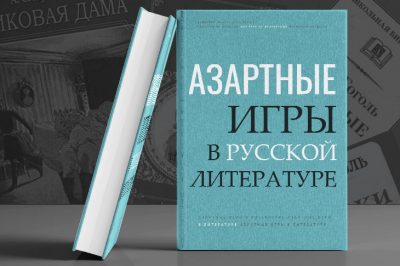
Gambling, on the one hand, was frowned upon by the clergy, but on the other hand, it was popular among the common people and the nobility. In the XIX century at card tables could meet almost the entire writing elite of the time: Pushkin, Leo Tolstoy, Lermontov. They played stoss, bank or whist. Sometimes they left huge sums at the tables in one evening.
- “Queen of Spades” by Alexander Pushkin
- Works by Nikolai Gogol
- “War and Peace” by Leo Tolstoy
- “The Gambler” by F. M. Dostoevsky
- How much did the characters in the iconic novels lose and win?
Not surprisingly, the cult Russian works are full of card jargonisms, and almost always the heroes sooner or later find themselves involved in a game of chance.
“Queen of Spades” by Alexander Pushkin
Alexander Sergeyevich Pushkin, as told by his contemporaries, was an avid gambler. True, not the most successful, so that even after his death he left huge debts – about 120 000 rubles. This is an astronomical amount for that time. Back then, for 100,000 rubles you could buy an estate with 80 hectares of land and 250 serfs.
The great classicist called it his only passion. No wonder that from under his pen came the mystical story “Queen of Spades”, the plot of which revolves around the gambling game of stoss.
“Queen of Spades” – what is the story about? No spoilers
The writer introduces readers to such colorful characters as Hermann, the old countess and the poor, naive pupil Lizaveta Ivanovna.
The protagonist is a young engineer, the poor son of a collapsed German. Ambitious and secretive, and in his heart also greedy, although he liked to watch how others play, he himself never picked up a card. All because he was frugal and did not want to rely on luck, risking his already small fortune. But everything changed when Hermann heard of the old Countess’s secret. Allegedly she knew which three cards to bet on and always win.
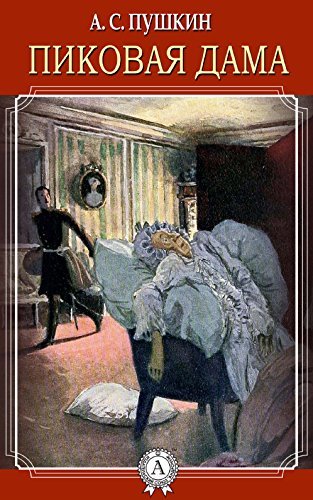
Mysticism and realism are intertwined in the work. And the abundance of card slang words of the XIX century immerses readers in the everyday life and merry evenings of young Russian noblemen.
The story is full of symbolism and even has a certain patina of fatalism. In fact, literally every movement of the characters (whether they turned right or left) corresponds to the rules of the game of stoss. So you can foresee Hermann’s fate long before he picked up a deck of cards.
Card jargonisms from The Queen of Spades
“Queen of Spades” – a real treasure trove of information for those who are interested in the history and jargon of gambling. Already at the very beginning of the story there are phrases and words characteristic of the XIX century, but out of use in the XXI.
For example, a certain Surin after a night game of cards says:
“…I play mirandolem, I never get hot, nothing can confuse me, but I still lose!”
“…I play Mirandolem, I never get hot, nothing can confuse me, but I lose everything!”.
Mirandole is a card trick in which the player does not increase the initial bet. So Surin’s style can be characterized as calm, not gambling and cautious.
At that time, there was also a slang expression “Bend a mirandole/mirandolem”. It means the same thing – to play without raising the stakes. Such a phrase can be found in S. P. Zhikharev in “Notes of a contemporary. Diary of an Official” and in M. I. Pyliaev’s “Old Life”.
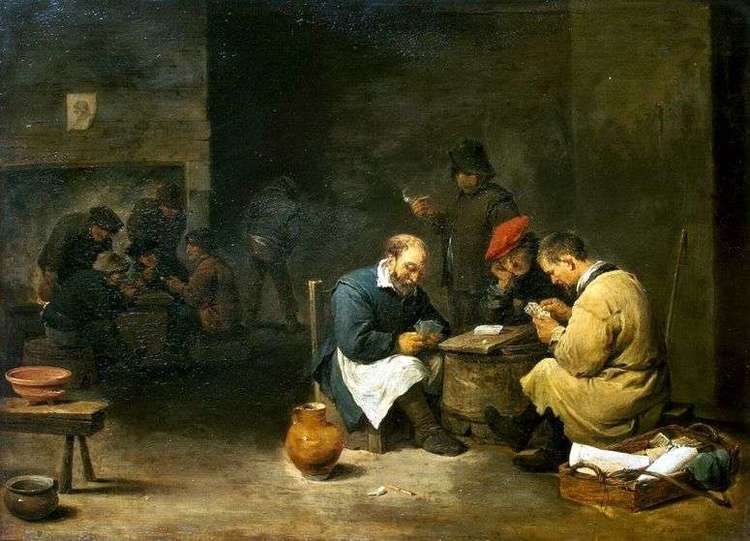
Another interesting quote from the beginning of the story: “…and never once put on a rut?…? Your hardness is amazing to me”.
This is the opposite of mirandol.
Ruthe (the word is not declined) is a lucky card that the player believes he bets on time and time again in order to get a large sum of money one day. It doesn’t matter that it doesn’t bring victory. The gambler will persevere until he wins the pot and thereby recoups all his losses.
Also rute was called a really lucky card, which several times in a row brought victory. In this regard, there is a famous quote by I. A. Krylov. He did not in vain called rute the mother of wealth.
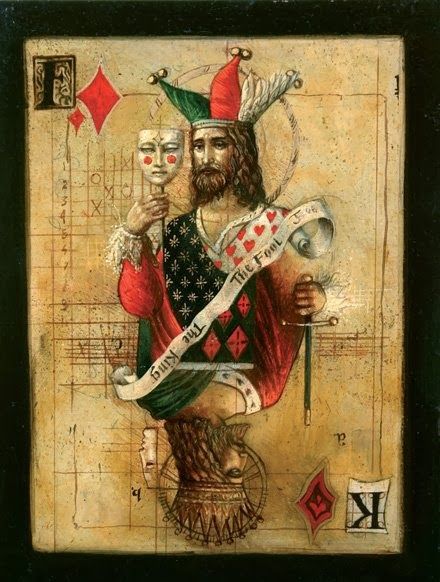
Further in the novel, the card players complain about the protagonist Hermann, who has never once played, saying that he: “…from time immemorial has not bent a single paroli…”
Paroli (emphasis on the last syllable) is a doubling of the bet. The word comes from the French paroli. And bend – because players bent the corner of the card, showing that they wanted to double the stake.
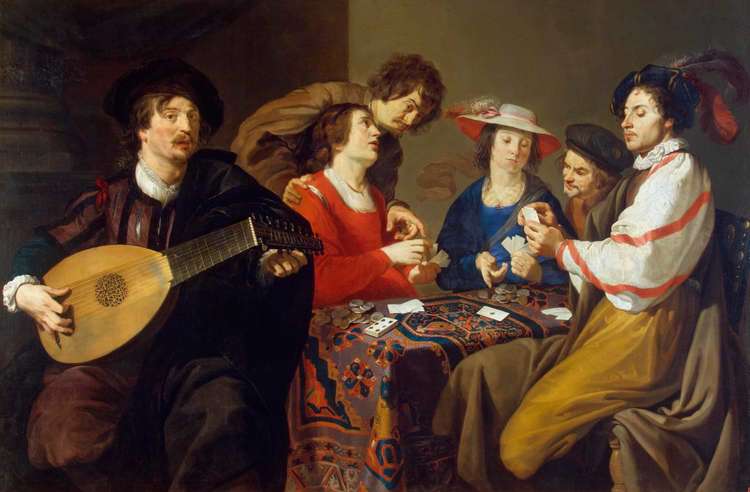
Another expression that occurs in the story: “…how my grandmother doesn’t pontificate!”
To pontificate (from the German pontiren) means to play against a bankroll. The word was originally applied to a card amusement popular among the Russian nobility. It refers to a bank. Other names and varieties: bank-table, stoss, faro. The game involved ponters who made bets. The banquet acted as a thrower of cards.
The expression then came to be used in poker. But in the sense of “to make and voice a bet”. In the role of the banker was the dealer. Now these terms are out of use.
Telling further about his lucky countess grandmother, Tomsky mentions: “She chose three cards, put them one after another: all three won her a sonic…”.
Sonica (from the French sonica) is an adverb meaning to win or lose from the first bet.
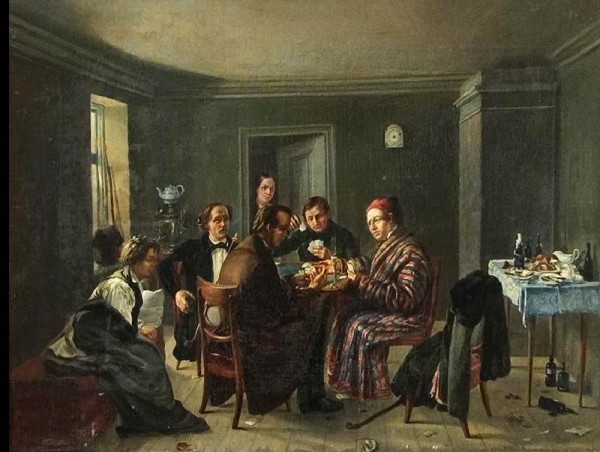
The gamblers, not believing that the elderly countess has learned the real secret of how to always win, exclaim: “- Maybe powder cards?”
What are powder cards? It refers to a cheat deck that was used by crooks to play doss and bank games. It was used by ponters to outwit the banker. It’s all about “rubbing points”. It can be applied if the fosques (from two to ten) without numerical designations, and their face value is determined by the number of suit icons. For example:
- Seven of hearts- 7 hearts.
- Eight of diamonds- 8 rhombuses.
Such decks were just as common in the 19th century.
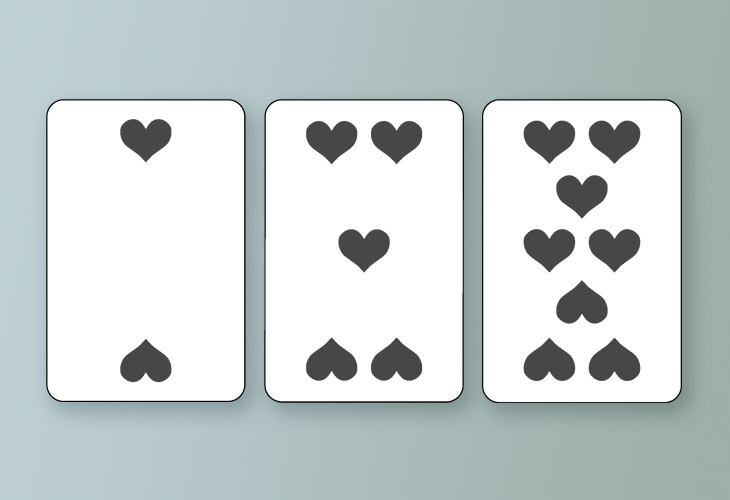
All the manipulations were done with sevens. The empty place where the eighth suit designation could be located, was smeared with something sticky. Then through a special stencil powder was dropped on top. Black color for spades and clubs, red – for diamonds and hearts. In this way the seven was “transformed” into an eight.
If the ponter needed a seven, he simply shuffled the card on the table to make the powder fall off.
Works by Nikolai Gogol
In the XIX century at card tables shortened evenings and nights and poets, writers, landlords and politicians. There you could meet Tolstoy, Lermontov, Nekrasov, Chekhov, but not Gogol. He is one of the few who did not have a predilection for barracks games.
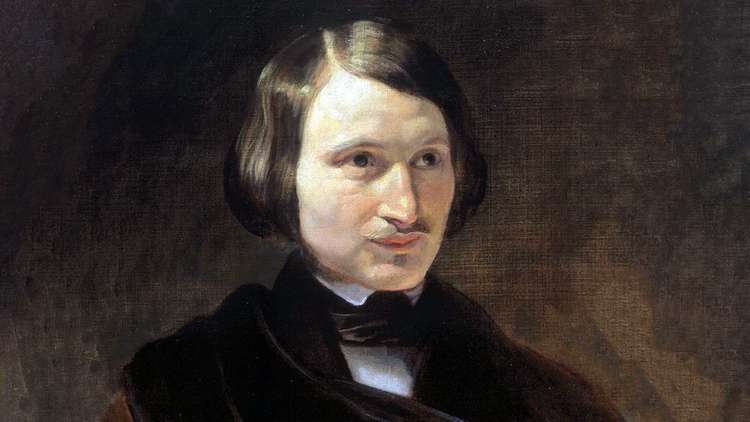
But, strange as it may seem, in many of his works it was card games that occupied, if not the key, then an important role.
This is partly due to his close contact with A. S. Pushkin, but it is also dictated by the Russian realities of the 19th century.
The role of card games in The Overcoat, The Inspector and Dead Souls
In “The Overcoat”, the fateful event for Akakiy Akakievich Bashmachkin was the invitation of him and other officials to the assistant to the bailiff for tea. The main entertainment of the evening, of course, was a card game – whist. And although the protagonist only watched and was clearly not inspired (“…after a few moments he began to yawn, feeling that he was bored…”), he delayed the meeting and drank too much. This led to the further development of a sad and at the same time satirical story.
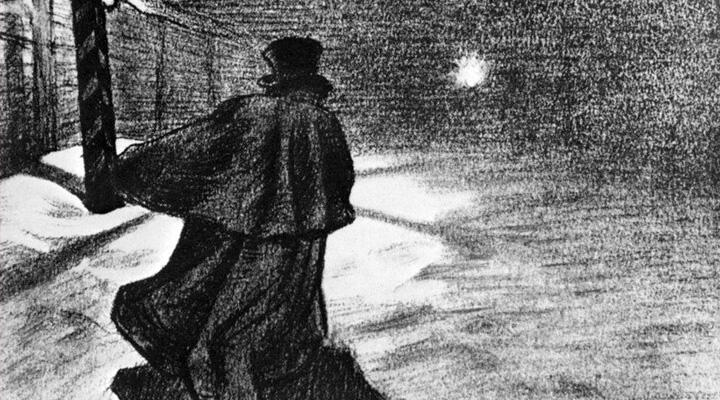
In the play “Revizor” maps even more clearly influenced the development of the plot. After all, why was Ivan Khlestakov taken for an inspector from St. Petersburg? He strangely attested himself: more than two weeks lived in the inn, refused to pay and watched the guests, looked into their plates. The real reason for the delay was card debts:
“The infantry captain gave me a great deal of trouble. He cuts his darts amazingly, the beast. He sat there for only a quarter of an hour and took it all away.”
“The infantry captain gave me a hard time. “He cuts the stosses amazingly, the beast. He sat there for only a quarter of an hour and took it all away.”
By “cutting” we mean playing anything. In this case, it’s doss.
If Khlestakov had been less gambling (or at least more fortunate), he would have gone safely to Saratov Province, and the plot of the play would have fallen apart before it began.
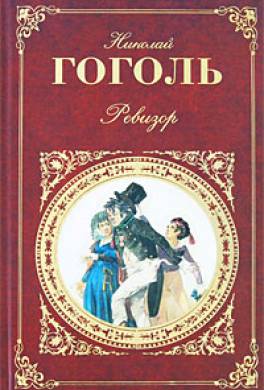
In “Dead Souls” scenes with cards played an important role. After all, it was during a game of whist the protagonist – dexterous and adventurous Chichikov – met the main characters: landowners Nozdrev, Sobakevich, the police chief and the prosecutor.
“…Chichikov went for dinner and evening to the police master’s house, where from three o’clock in the afternoon sat down to whist and played until two o’clock in the morning.”
“…Chichikov went for dinner and evening to the policeman’s house, where from three o’clock in the afternoon they sat down to whist and played until two o’clock in the morning”.
In another scene Nozdrev offered his son-in-law to play bank, or rather, “to build a banchishka”.
As we can judge from Gogol’s works, few meetings at that time were without cards.
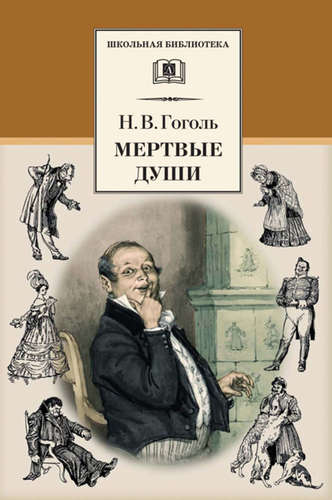
Comedy “The Players”
In this work, the plot is entirely tied to card games. The unusual nature of the play is that the number of hustlers per square meter with each page read becomes more and more.
The action of the comedy unfolds in a room of the city inn, where Barin Ikharev arrives. He immediately inquires whether the other guests are playing cards, and soon draws suspicion on himself. Very quickly the guests Krugel, Shvokhnev and Solaceful become convinced that he is a first-class cheat and suggest a joint swindle.
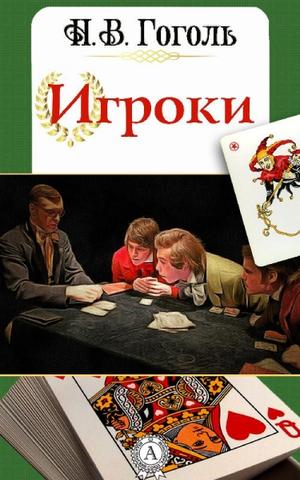
The play is filled with detailed and vivid descriptions of the bank game, the stories of the hustlers, and their wiles.
“Now scribbling and marking are out of use altogether; endeavor to learn the key.”
“Now the scribbling and markings are out of use altogether; endeavor to learn the key.”
The key refers to the specifics of the mottling of each card. What is the pattern of the three, what is the pattern of the ace, and so on. According to stories, a pro, whose work consisted solely in studying the “covers” of cards, received up to 5000 rubles net per year, which at the time was an impressive sum.
But the main thing that lures the play is its twisting and unpredictable plot.
“War and Peace” L. N. Tolstoy
In his youth, the writer was addicted to cards, and preferred to play big. But luck was not always favorable. To pay off one of the debts, L. N. Tolstoy even had to sell part of his family estate, located in Yasnaya Polyana.
Some characters in his novels were also no stranger to gambling.
The work “War and Peace” does not need an introduction. Therefore, let’s go straight to gambling.
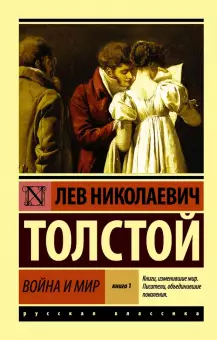
One of the important plot scenes unfolds at the farewell feast of the exuberant officer Fyodor Dolokhov. He encourages Natasha Rostova’s brother Nikolai to play with him in the bank.
“Rostov put five rubles on the card and lost, put another and lost again. Dolokhov killed, that is, won ten cards in a row from Rostov.”
“Rostov put five rubles on the card and lost, bet another and lost again. Dolokhov killed, that is, he won ten cards in a row from Rostov”.
He lost 43,000 rubles, which was considered a fabulous sum. For comparison: Nikolai’s father Count Ilya Andreyevich gave him 2000, which should have been enough for several months.
This scene colorfully and in detail shows how desperately Rostov tried to win back, what thoughts were in his head, what emotions he felt. And after all, everything started with a bet of 5 rubles, and after that – a relatively small debt of 800.



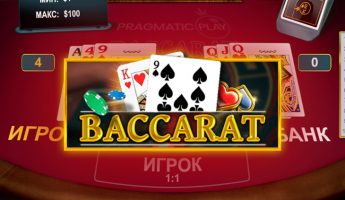

“The Gambler” by F. M. Dostoevsky
Not only cards were the passion of Russian writers. F. M. Dostoevsky was considered an incredibly gambler, but he preferred roulette. The writer at first even seemed to have discovered its secret:
“…it is terribly stupid and simple, and consists in holding on minute by minute, despite any phases of the game, and not to get hot.”
“…it is terribly stupid and simple, and consists in holding on minute by minute, in spite of all phases of the game, and not getting hot.”
But at the same time he constantly lost not only his own money, but also the savings of his girlfriend Polina Suslova. Then – the funds and jewelry of his wife and even her mother. About the destructive passion Dostoevsky told in the novel “The Gambler”. Much in the work is autobiographical.
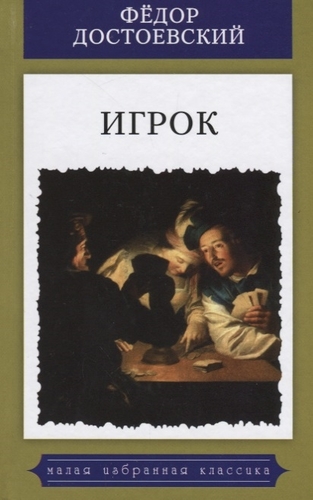
Like the writer, the main character Alexei Ivanovich finds himself conquered by roulette. Moreover, gambling became more important to him than anything else, even his favorite. In the end, it ruined his life. However, it is worth noting that not only Alexei became a victim of passions in the novel.
“…from the very minute I touched the gambling table yesterday and began to rake in wads of money, my love receded as if into the background.”
“…from the minute I touched the gambling table yesterday and started raking in wads of money, my love has kind of receded into the background.”
Curiously, the novel “The Gambler” might not have seen the light of day if Dostoevsky once again did not leave all his savings at the roulette table and did not get into debt. Wanting to improve his financial situation, he agreed to send a new work to the publisher in a short time. “The Gambler” was written in 26 days.
How much did the characters in the iconic novels lose and win?
Characters in Russian novels rarely had luck in card games. Most of them if they won, they soon went into the minus. And the writers were not ceremonious, driving the characters into huge debts. But a few lucky ones were also found.
It is almost impossible to accurately recalculate the received and lost amounts in the modern ruble, although historians and economists have tried to do it in different ways (comparing the cost of the food basket in different centuries, the price of gold, correlation with the dollar rate, and so on)
It is practically impossible to accurately recalculate the amounts gained and lost in the modern ruble, although historians and economists have tried to do it in different ways (comparing the cost of the food basket in different centuries, the price of gold, correlation with the dollar rate, and so on).
For approximate calculations, you can use the data on the silver ruble-dollar exchange rate.
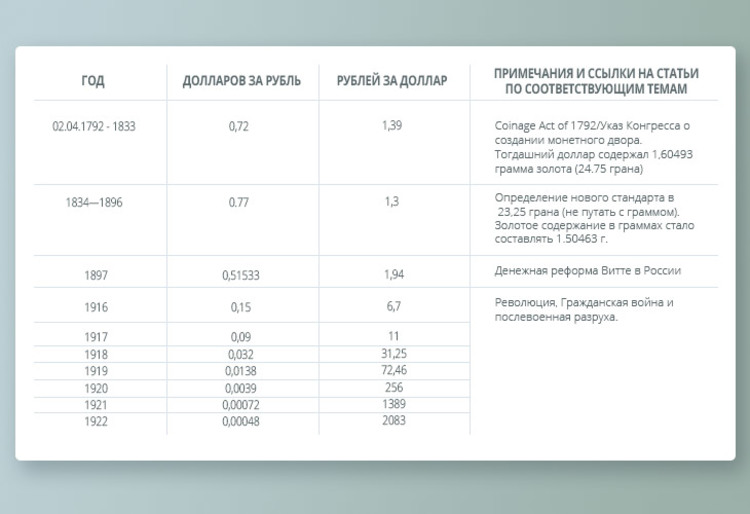
The experts of the editorial staff calculated how much the characters of the novels spent. The approximate amounts are presented in the table.
| Work and hero | Losses/wins, rubles | Amount in terms of our days, rubles (the rate is relevant in 2021) |
|---|---|---|
| “War and Peace”, Nikolai Rostov | Lost to Dolokhov 43,000 | -4 386 478 |
| “Queen of Spades,” Hermann | Lost on the last bet 188,000 | -19 176 572 |
| “The Player,” Alexei Ivanovich | Total winnings before leaving – 61,000 | +5 814 544 |
| “Players,” Ikharev | Lost 80,000 in the scam | -8 155 080 |
The answer to the question of whether the characters of cult Russian novels played for small or large sums is unambiguous. In just one game they could lose or gain a fabulous fortune.



